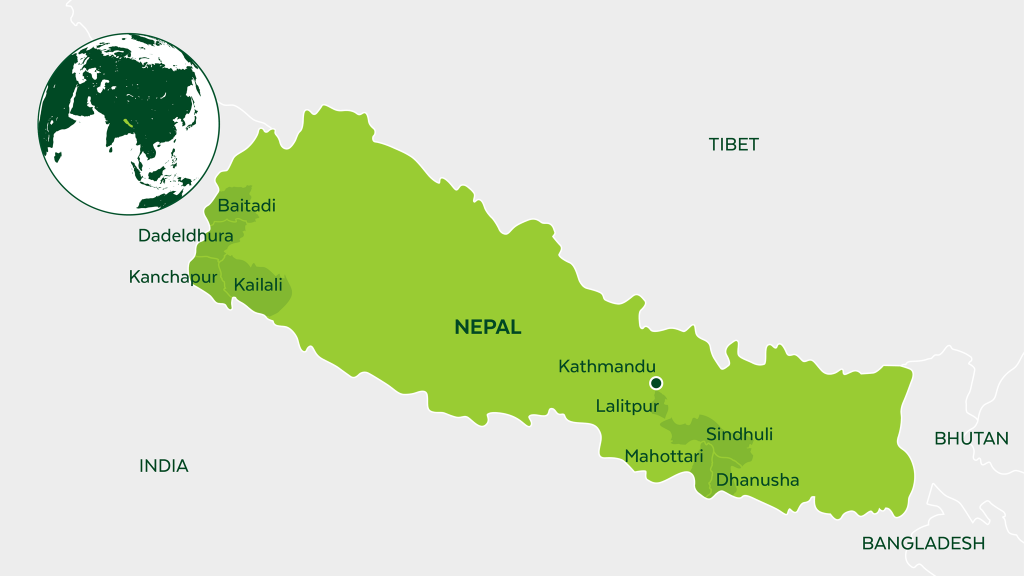Is Nepal older than India?
In terms of recorded history and civilization, India has a longer history than Nepal. The Indian subcontinent has been home to one of the world's oldest civilizations, with a rich and diverse history dating back thousands of years. The ancient Indus Valley Civilization, one of the world's oldest urban cultures, flourished in what is now northwest India and parts of Pakistan around 3300–1300 BCE.
On the other hand, while Nepal has a significant and ancient history, it does not have an ancient civilization comparable in scale and antiquity to the Indus Valley Civilization. The history of Nepal includes various kingdoms and dynasties, with notable developments occurring in the Kathmandu Valley and surrounding regions.
The specific historical developments and cultural evolution of both India and Nepal are complex and varied, shaped by the interactions of different ethnic, linguistic, and religious groups over the centuries. While the land that constitutes present-day Nepal has a deep and diverse history, it's important to recognize that the political and geographical boundaries of nations have changed over time.
In summary, in terms of ancient civilizations, India predates Nepal. However, both countries have rich historical and cultural heritages that contribute to the tapestry of South Asian civilization.
India's historical roots extend deep into antiquity, making it one of the cradles of human civilization. The Indian subcontinent has been witness to the rise and fall of various ancient cultures and empires, contributing significantly to the global historical narrative. Among these, the Indus Valley Civilization, one of the world's earliest urban cultures, flourished along the banks of the Indus River around 3300–1300 BCE. The remnants of this ancient civilization, discovered in the 20th century, reveal advanced urban planning, intricate pottery, and a system of writing that is yet to be fully deciphered.
As we traverse through the annals of time, India's history unfolds in a mosaic of kingdoms, empires, and cultural exchanges. The Maurya and Gupta Empires, classical civilizations that followed the Vedic period, left an indelible mark on India's socio-political landscape. The advent of Buddhism and Jainism, the spread of trade along the Silk Road, and the flourishing of arts and sciences during this period contribute to the rich historical fabric of the region.
In contrast, while Nepal does have a significant and ancient history, it did not host an ancient civilization on the scale of the Indus Valley. Instead, the historical trajectory of Nepal is marked by diverse kingdoms, principalities, and cultural interactions. The Kathmandu Valley, with its ancient cities of Kathmandu, Bhaktapur, and Patan, has been a focal point for cultural and political developments, but it didn't witness a large-scale urban civilization comparable to the ancient centers in the Indian subcontinent.
Nepal's history is characterized by various dynasties, including the Licchavi and Malla periods, each contributing to the cultural and architectural heritage of the region. The emergence of the Gorkha Kingdom in the 18th century, under the leadership of King Prithvi Narayan Shah, marked a significant turning point, leading to the unification of various principalities into a single kingdom.
In essence, while India boasts a longer and more documented history with the presence of ancient civilizations, Nepal's historical narrative is equally compelling, characterized by a tapestry of diverse cultures, kingdoms, and dynasties. Both nations have played crucial roles in shaping the cultural, religious, and geopolitical landscape of South Asia, contributing to the intricate mosaic of human history.

Comments
Post a Comment
If you have any doubts. Please let me know.